Sony Xperia 1 IV vs iPhone 13 Pro Max vs Galaxy S22 Ultra: Camera Comparison

Sony is not shy about its new Xperia 1 IV flagship phone. The company officially tells us that the new Xperia is "bringing the most advanced video and photo capabilities to a smartphone," period.
That's a bold statement! But it seems that Sony also has the hardware to back up such a claim, with a triple camera system among which you get the world's first "true optical zoom from 85-125mm". Also, all three lenses support 4K120 video recording, a feature that you don't get on mainstream flagships at all. And then, you get a few unique accessories and feature that allow you to vlog and live stream without any fancy additional equipment, again, something that other companies don't give you as an option.
So the Xperia 1 IV is certainly a very exciting phone for creators, but how does it compare against the much cheaper flagship phones? And what if you are just an average user who wants to tap on a button, get a picture and go, can this phone deliver more than others for you?
That's what we are about to find out in this camera comparison where we pit the Xperia 1 IV against the iPhone 13 Pro and the Galaxy S22 Ultra!
*Disclaimer: This test was conducted with a pre-release version of the Xperia 1 IV. Sony tells us that the camera software should not change significantly in the final version.
Camera Specs:
Below you can find the technical specs of the Xperia vs the iPhone and the Galaxy:
| Sony Xperia 1 IV | Apple iPhone 13 Pro Max | Samsung Galaxy S22 Ultra | |
|---|---|---|---|
| Main camera | 12MP, 24mm, f/1.7 | 12MP, 26mm, f/1.5 | 108MP, 23mm, f/1.8 |
| Ultra-wide | 12MP, 16mm, f/2.2 | 12MP, 13mm, f/1.8 | 12MP, 13mm, f/2.2 |
| Telephoto | 12MP, 3.5X - 5.2X variable zoom lens | 12MP, 3X zoom, f/2.8 | 10MP, 3X zoom, f/2.4 10MP, 10X zoom, f/4.9 |
| Front | 12MP | 12MP | 40MP |
If you care about specs, you should know that the Xperia comes with a 1/1.7-inch sensor for the main camera vs 1/1.33-inch size on the Galaxy and 1/1.65-inch size on the iPhone, so it is the smallest sensor of these three, a bit smaller than the iPhone.
Another thing worth mentioning is just the default camera app on the Xperia, called Photo Pro. It has a full-fledged Sony Alpha camera interface with manual controls and dials for everything from ISO, shutter speed, focus, white balance and more. For the sake of this comparison, though, we have focused on shooting JPEGs using the Basic mode on the Xperia, which most closely resembles the camera apps on the iPhone and the Galaxy.
The Photo Pro camera app takes some getting used to, and has some quirks:
- a weird zoom system that does works in intervals
- a low-res viewfinder
- no proper indication you have captured a photo (viewfinder flashes on other phones, but not on Xperia)
- menu labels don't rotate when you change phone orientation
But you do get a bunch of manual controls. Recording video is a bit of a riddle: you can do it via this very same Photo Pro app (with only few controls), you can use the Video Pro app (which gives you smooth zoom controls, live streaming options and a lot more), or you can use the Cinema Pro app (exclusively cinematic 24fps or 120fps HDR 4K footage in a wide aspect ratio).
Is there a difference in photos shot in ideal conditions?
Less saturation, softer detail, but also often gloomy looking pictures
The short answer is: Yes, there is a big difference. But let us explain.
The Xperia 1 IV adopts a totally different philosophy than the other two: its goal seems to be to just capture a realistic photo. Period. The Galaxy and the iPhone, on the other hand, seem to have a slightly different goal in mind: capture the most pleasing photo.
The Xperia does indeed appear closer to reality in many cases, but it is also sometimes lacking in color and detail. Greenery is rendered a monotone single shade, while you get to see pleasing colors and shades on the Galaxy and the iPhone.
On the other hand, you can see the Galaxy and iPhone lift up shadows for a more HDR-y look, while the Xperia does not do this, which often results in gloomier photos.
And in terms of detail, we don't really have a problem with the softer look of the photos from the Xperia. In fact, it is the excessive sharpening on the iPhone, for example, that often contributes to a "phone" look to photos, and not in a complimentary way.
What about low light?
In low light, we can see that the Xperia is not quite as consistent as others. The photo of the street turned out unnaturally overexposed and looking a bit fake, while the other in the series don't have that issue.
Most of the time, the Xperia did a fine job during the night, though, and wasn't too far off the iPhone and the Galaxy.
Is the ultra-wide camera good enough?
The Sony is not as "ultra" as the others, but that might be a good thing
You would probably notice that the ultra-wide camera of the Sony is not quite as expansive as what you have on the Galaxy or the iPhone.
But the bigger difference might just be in the colors as you have those typical neutral colors compared to a more colorized, saturated tonalities on both other devices.
Zoom comparison
A variable zoom lens that goes further, but at what cost?
You can clearly see that the variable zoom lens is quite a bit softer than the other two, detail is not as tack sharp. We don't see this as much of a problem in the 3.5X to 5.2X native zoom range, but go a bit further to 10X for example and it becomes a much bigger issue and contrasts with the incredibly sharp pictures out of the Galaxy for example.
Similar issues with color persist in the zoomed in photos as well.
Portrait Mode
Can you have an "underprocessed" photo these days?
We can criticize Samsung and Apple for "overprocessing" photos, adding too much saturation or way too much sharpening in an effort to give you an "edited" image that is ready to share, but often not quite true to reality.
While looking at portrait photos from the Xperia, I have to admit that it goes in the other extremity of "underprocessing" photos. Sometimes that look is just fine! Other times, it produced a photo that was just not good enough to share with the world before some kind of an edit, and if you are an average consumer, this would bother you. For example, notice the first shot with the trees in the background: it's severely under-exposed and looks downright depressing on the Xperia, while the other two phones do a much better job with that picture.
On the second shot, where you don't have such challenging light, you can see that the Xperia does a much better job, and one can argue this is indeed the neutral, "natural" way the photo looked in real life.
Finally, we ought to mention the way you take portraits: you have to first tap on the two circles icon, and than tap the bokeh button, which seems too complicated for a commonly used setting.
One thing where the Xperia does great, though, is "portrait" shots of objects. Notice the dandelions, the iPhone has completely botched that picture! In stark contrast, the Xperia and Galaxy do an excellent job blurring the background with this type of shots.
Selfies!
The Xperia obsessively tracks your face for perfect focus
I have to be honest, the first time I took a selfie with the Xperia 1 IV, I laughed at the result. The default settings of the phone produced a grotesque picture that enalrged my eyes, smoothened my skin to a ridiculous extent, and just turned me in a caricature of myself. Luckily, a few quick taps and those nasty "improvements" were gone.
Once you disable those tune-ups, selfies on the Xperia look... just fine! The phone stick to those "natural" colors, another way of saying the tonalities are bleaker than the processing you get on the iPhone or Galaxy, but detail is sufficient and the result does indeed look more realistic.
Conclusion

At the end of the day, the Xperia 1 IV is a photographic powerhouse in terms of hardware, but weirdly just using it like a regular phone you cannot really tell this. Photos are often hit-or-miss, even in well-lit conditions. And it's definitely not quite as consistent as the iPhone 13 Pro or the Galaxy S22 Ultra.
I can already hear Sony fans rushing to explain that it's not what this phone is meant to do, it's made for the creators and enthusiasts who will tinker with the settings. But I think one shouldn't stop Sony from improving the other. We should be able to get great pictures with minimum effort out of this camera, just like we do on typical phones.
The variable zoom camera is an impressive technical achievement, but also not quite as ground-breaking as one might think. One could easily argue that a second, 10X zoom camera like you have on the Galaxy would have been far more useful, and I can see the validity of this argument.
So in a regular camera comparison, the Xperia is not quite on par with the mainstream flagships, but if you plan on using its unique features like the 4K120 video, live streaming, super fast autofocusing for sporty shots, or just tinker with manual controls, then... why not?
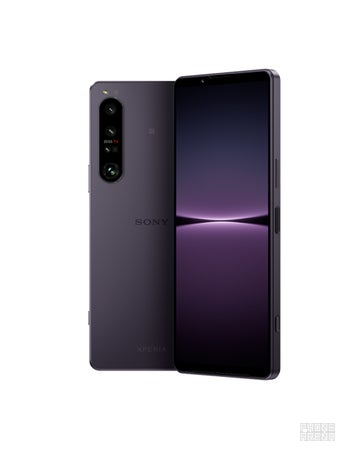

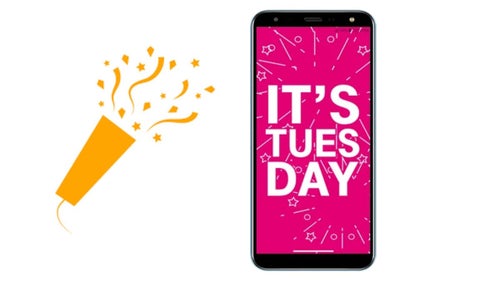
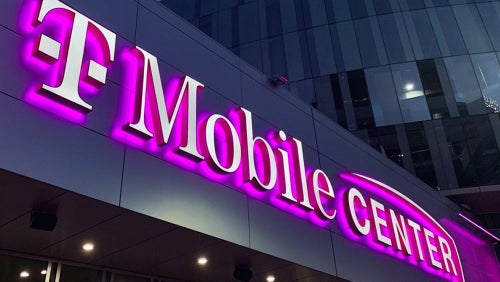
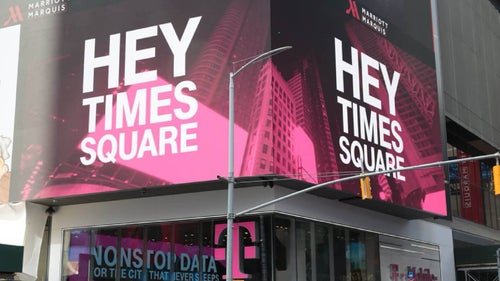
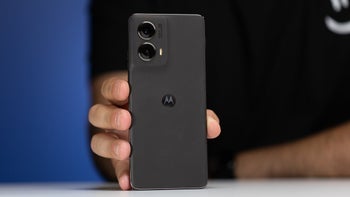
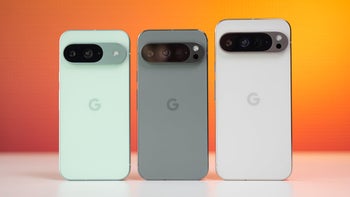
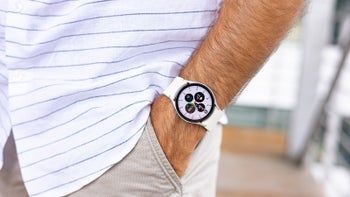


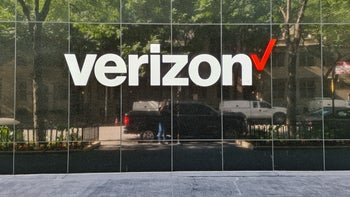
Things that are NOT allowed: